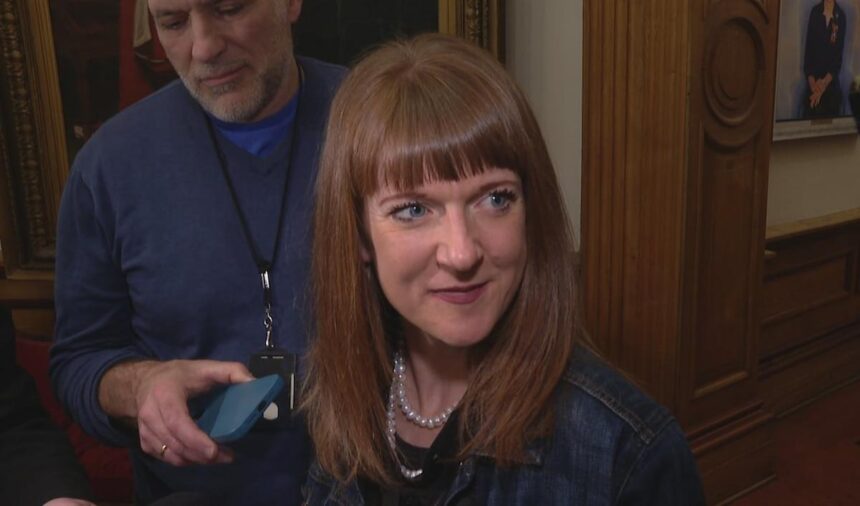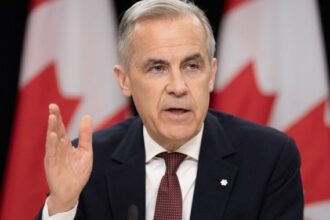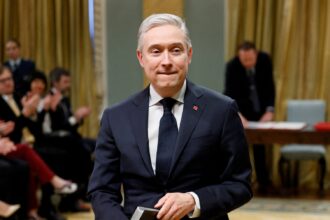In a significant reversal that has sent waves of relief through New Brunswick’s education system, the provincial government announced yesterday a $14.6 million funding injection for school districts, effectively walking back earlier budget restrictions that had threatened hundreds of teaching positions across the province.
The announcement, delivered by Education Minister Bill Hogan alongside Premier Blaine Higgs, comes after weeks of mounting pressure from parents, educators, and opposition parties concerned about the potential impact of staffing cuts on classroom quality and student support services.
“We’ve heard the concerns of New Brunswickers loud and clear,” Hogan stated during the press conference at Fredericton’s Bliss Carman Middle School. “This additional funding represents our commitment to maintaining educational standards while still pursuing necessary fiscal responsibility.”
The funding crisis began earlier this year when districts were instructed to prepare budgets with significant constraints, leading to warnings that up to 350 teaching positions could be eliminated province-wide. The Anglophone East School District alone had projected the loss of 61 positions, while Anglophone South anticipated cutting approximately 80 teaching jobs.
David Costello, a veteran educator and policy analyst with the New Brunswick Teachers’ Association, told CO24 News that the reversal represents “a victory for evidence-based decision-making in education.”
“When you calculate the real-world impact of removing hundreds of teachers from our system, you’re looking at increased class sizes, reduced specialized programming, and ultimately, compromised learning outcomes,” Costello explained. “The government finally acknowledged this reality.”
The funding allocation will be distributed proportionally across all seven school districts based on student population and specific needs assessments. According to government figures, approximately $10.2 million will go toward preserving teaching positions, while the remaining $4.4 million will support educational assistants and specialized learning programs.
Despite the positive development, opposition critics maintain that the situation represents a troubling pattern in the Higgs government’s approach to education. Liberal education critic Benoit Bourque characterized the episode as “manufactured crisis management.”
“First they create panic by threatening devastating cuts, then they swoop in with a partial restoration of funds and expect applause,” Bourque told reporters. “Meanwhile, our education system remains chronically underfunded compared to other provinces.”
Financial analysis reveals that even with the new injection, New Brunswick’s per-student funding remains approximately 7% below the national average. Statistics Canada data shows the province spent $14,815 per student in 2022-2023, compared to the Canadian average of $15,912.
Parent advocacy groups that mobilized against the cuts expressed cautious optimism. Jennifer McKenzie, spokesperson for the New Brunswick Parents for Public Education coalition, welcomed the announcement while emphasizing continued vigilance.
“This is what happens when communities stand together for our children’s future,” McKenzie said. “But we need sustainable, predictable funding formulas that don’t subject our education system to these annual political theatrics.”
School districts will now revise their budgets for the 2024-25 academic year, a process that administrators say will require careful deliberation to maximize the impact of the restored funds.
As New Brunswick navigates these educational funding challenges, broader questions loom about the province’s fiscal priorities and taxation policies. With one of Atlantic Canada’s lowest corporate tax rates, some economists suggest that revenue generation—rather than spending cuts—could provide a more sustainable path to balanced budgets without compromising essential services.
The question now facing New Brunswickers: will this funding reprieve represent a turning point in the province’s approach to education investment, or merely a temporary political response to public pressure in an election cycle?










